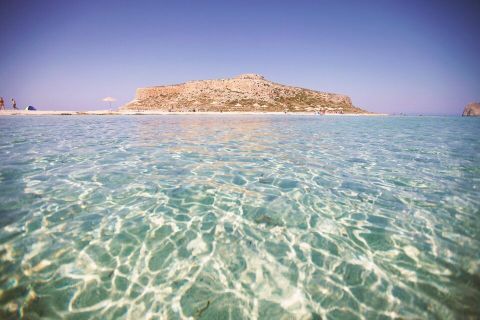Heraklion Malia Village
Table of contents:
• General info • Tours & Activities • Map • Members Photos (23) • Write a review!
• General info • Tours & Activities • Map • Members Photos (23) • Write a review!
Top Activities & Tours in Malia Village
Experience once-in-a-lifetime moments by participating in well-organized tours related to Malia Village.
-
Full Day Gramvousa and Balos Tour
Book nowfrom € 40.00Category: Day Trips, Island15 hours MapDiscover one of the most beautiful beaches in Greece on a fantastic cruise to the most western part of Crete. Stop at the island of Gramvousa, where you can see hundreds of birds and plant species. Go to the lagoon at Balos and swim.
-
Quad safari tour with lunch hotel pickup and dropoff
Book nowfrom € 77.40Category: Activities, Day Trips6 hours MapEnjoy a quad adventure and experience Crete's beautiful scenery by visiting Paschaligo Forest, Neapolis Village, Sisi Village, and more.
Malia Village Map
Explore our interactive map of Malia Village.
Photos by Greeka Members
Reviews
No reviews yet. Be the first to write one!












